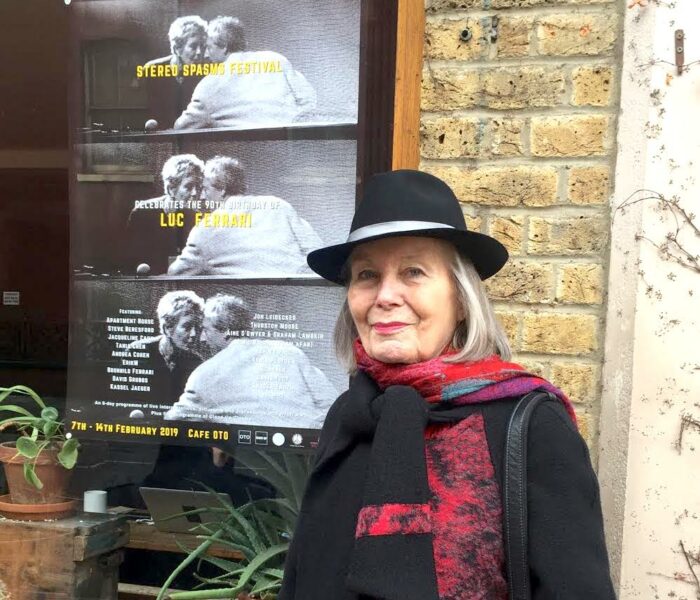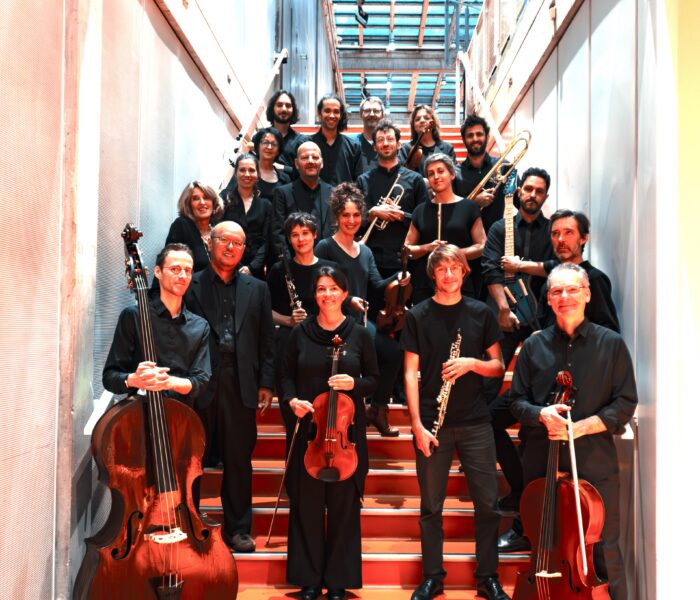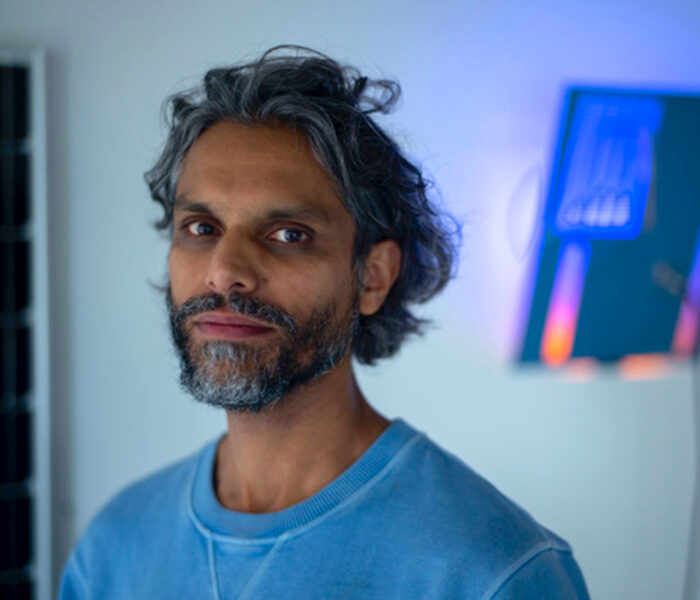Author of a fascinating essay on "contemporary phonographies", the composer and musicologist Pierre-Yves Macé returns with us to the issues specific to the practice of field recording in today's music.
Born, as its name suggests, with recording, the practice of field recording has spread massively over the last three decades, with the miniaturisation of equipment (but also the trivialisation of travel). In a wide variety of musical directions. Sound artists or (ex-)rockers (or often both, like Chris Watson, eRikm or Stephen Vitellio), naturalists or abstractionists, sculptors or agitators,ambient or DIY enthusiasts, many sound explorers use it in their work. Some (Watson or Jana Winderen) have even made field recording their only instrument, their exclusive field of composition. The time is long gone when a pioneer such as the Austrian Ludwig Koch (1881-1974) first recorded animal songs at the age of eight using an Edison phonograph. Where the ethnomusicologists of the pre-analogue era - Hugh Tracey, Alan and John Lomax, Alice Marshall Moyle, Kurosawa Takatomo...(1) - used the recorder to keep track of endangered vernacular musical traditions.
It is also that field recording opens up fertile and fascinating questions for a creator: Those of listening and its quality, of the loudspeaker and its fidelity, of the microphone and its objectivity, of the document and the exotic, of ecology and technology, of the natural world and the (hyper)real world, of the texture of sound and that of time... With field recording, it is a question of a certain "sound use of the world", to use the title (itself a reference to the travel writer Nicolas Bouvier) of Alexandre Galand's book on the subject (2). That is, above all, poetry. Most of the great inventors of the genre were musician-poets - John Cage, Luc Ferrari, Knud Viktor, whose names we come across in this dossier?
Author of a fascinating musicology thesis on the use of sound documents in music, and a composer himself - notably the author of a series of Phonotopies, a new part of which has just been published, instrumental recordings made in various places outside Paris -, Pierre-Yves Macé returns to field recording through what makes it musical.
Among all the musical practices that you group together in your book Musique et document sonore under the term "phonography", what would be the specificity of field recording? What do you think is the best translation of this term: field recording? environmental recording?
In my book, I use the technical term "phonography" to designate what is commonly called "recording". Within this large group, field recording appears as a sub-category, a special case. It could be defined as an essentially mobile practice of recording that has been made possible by the progressive miniaturisation of recording tools. When microphones and tape recorders became portable, it became possible to record a whole range of sound phenomena outdoors that previously existed onlyin situ: animal songs, so-called "natural" sounds (waterfalls, wind, storms, etc.), traditional music from distant countries, etc.

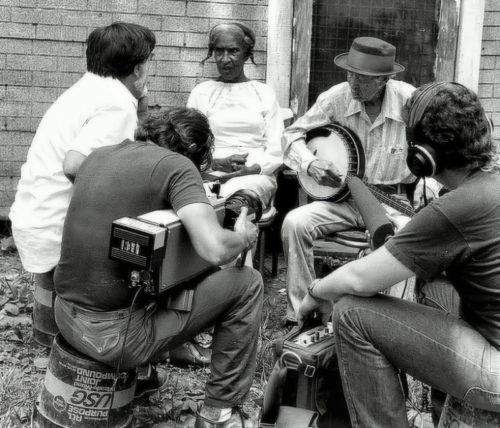
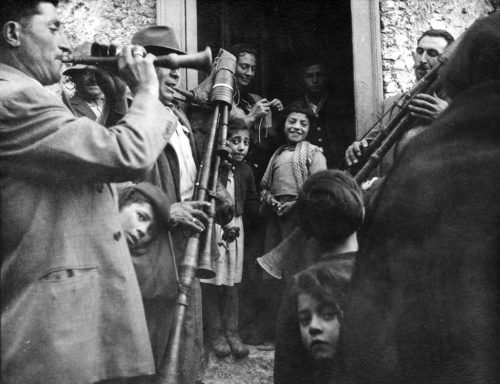
This practice is not in itself musical, and can be applied to a wide range of fields: radio, film, sound design, ethnomusicology, audio-naturalism, ornithology... Field recording only becomes musical in a framework that allows and encourages its perception as music in its own right, i.e. when it is released on record, or presented in concert. Take any Chris Watson record and put it on moving pictures: nobody will think of hearing music on it.
Linked to the beginnings of recording and to the technological evolutions it has successively undergone, field recording is initially based on the idea of objectivity: it is the desire to document and archive reality that guides the first ethnomusicologists as well as the audio-naturalists. At what point was this idea perceived as a lure, an illusion - when did this modern approach, according to which to document is already to create, take hold?
What is an illusion, rather than the desire to document itself, is to imagine that phonography is a strict replica of the original sound phenomenon. And this applies to all reproductions (photo, film): we do not duplicate reality, as the philosopher Clément Rosset has shown, we only produce incomplete, partial and fragmentary "doubles" of it. For all that, unlike vocal or instrumental imitations of real phenomena (the flute in Peter and the Wolf imitating the bird, for example), the phonographic copy, by its very mechanical nature, possesses a form of accuracy that should not be minimised. It is worthwhile as an orthothetic reproduction of the real, according to Bernard Stiegler's term: one that poses exactly - whatever its lacunar character and the subsequent possibility of its falsification.
As for this modern approach (to document is to create), it seems to me that it is a consequence of the plastic ready-made: the gesture of taking is a work of art in itself. This approach is liberating, but we must not lose sight of the possible pitfalls. I am thinking in particular of what Michel Chion calls "blackmail of the cause": when one has travelled thousands of kilometres to record a sound with a microphone that costs an arm and a leg, one is perhaps a little too willing to find it formidably "musical" and to tell listeners to appreciate it as such.
Can a sound document be objective? Is the choice of equipment, of the type and position of the microphone(s), of the moment when the "Record" button is pressed, not in itself a creative act, or in any case a subjective factor - not to mention the mode of diffusion?
We would still have to agree on what 'objective' means in this context. From a certain point of view, nothing is more subjective than a sound recording, since it implies one (or more) 'point of sound' from which it receives the sound signal - just as a photographic or cinematographic image implies a point of view. I believe that the key notion is rather that of fidelity. The microphones (and more generally the whole sound chain) are asked to be as faithful as possible to the original sound phenomenon. The signal fixed on the support must be as close as possible to what the "naked" ear receives in the same situation.
It is commonly admitted that technology has made quite remarkable progress in this field. However, the notion of fidelity can be criticised for its tendency to naturalise the technique, to make it purely servile, and thus to deny its specificity. Pushed to a certain point, this desire to make technique transparent borders, paradoxically, on technophobia. Such ambiguity appears in the work of R. Murray Schafer, the Canadian composer and theorist, author of the seminal book Le Paysage sonore (The Tuning of the World was published in 1977, and translated into French in 2010 by Wildproject). As Michel Chion has shown, with this term "soundscape", we never know if it is what is presented to the listener in situ or through the mediation of a phonograph. It is not at all the same thing in terms of sensitive experience. And yet, it seems, for Murray Schafer, it is the same thing. This is a way of both overestimating phonography as a technical prodigy, its capacity to 'preserve' what is in danger of disappearing (when it only keeps traces of it), and of reducing it as a sensitive object to the rank of a substitute for 'natural' listening. On the other hand, it can be argued that technology shapes our way of feeling, our relationship to the world, everything that isaisthesis. We no longer hear birdsong in the same way when we have listened to Bernard Fort's music; all microacoustic phenomena (linked in particular to the activation of insects) literally need the microphone as a megaphone in order to enter the realm of perception - the composer Knud Victor has gone quite far in this respect; reduced listening, which gives us access to the morphologies of sounds, is properly an "equipped" listening that depends closely on the existence of technical devices.
What link does field recording have historically with musique concrète (I'm thinking of the notions of "sound object" and "reduced listening")? To what extent does Luc Ferrari's Presque rien n° 1, in 1970, constitute a turning point?
At the time when Schaeffer wrote his first essays on musique concrète (1948), field recording did not exist, or existed in a very embryonic form, because it was almost impossible to record outside the studio. The theorisation of musique concrète was based on completely different foundations. What Schaeffer called a "sound object" was a form identifiable as a unit and detached from a background. In other words, it is the opposite of the sound flows of field recording. Moreover, reduced listening consists in listening to a sound object for what it is, in describing it as objectively as possible by extracting its most salient morphological features. In most musique concrète pieces of the 1950s and 1960s, the whole work of composition consists of creating and organising such sound objects, without consideration for the causal origin of these sounds or for the referents they may evoke. Field recording, on the other hand, tends to affirm the causes and referents of sounds, however trivial they may be.
Luc Ferrari's career is fascinating in this respect. His first pieces from the 1950s and 1960s are concrete music, let's say "classical", very chiselled, which apprehends sounds essentially as morphologies. Then, starting withHétérozygote (1964), the composer began to introduce what he called "anecdotal" sounds: pure phonographies of banal everyday scenes, seemingly unaltered. One hears 'holes', windows into the everyday, and it is very surprising (an interesting reversal: it is the banality that creates the surprise...). Ferrari's intention, I believe, was to inscribe in the field of music the presence of a "trivial" level of reality, which exists in all the other arts, but to which music has always turned its back. And then there was Presque Rien n° 1 (1970), a piece that is radical in that Ferrari eliminates all concrete sounds and leaves only the anecdotal sound: the phonography of a daybreak by the sea. This caused a mini-scandal in the world of musique concrète: Schaeffer refused to consider it as music. Ferrari persisted, with pieces that were perhaps less radical but often very inspired.
David Toop talks about field recording as "a natural consequence of listening". Can it be said that field recording is above all a documentation of listening - that of the sound recordist and that of the microphone? Listening as a work of art, in a way...
Yes, that's a very good definition. In my book, about Ferrari's Presque rien n° 2, I borrowed Peter Szendy's beautiful expression: welisten to himlisten.
What do you see as the main artistic virtues of field recording - what does it bring to musical creation? What makes a field recording artistically valuable? Is it possible to draw up a succinct typology of its current uses, even if it covers a wide variety of practices today? What use do you make of it in your own practice as a musician?
It is difficult to say exactly where the artistic value of a field recording lies. Sometimes it is the recording itself that stands out as the bearer of musical qualities. There are countless examples of this: I'll just mention Peter Cusack's Baikal Ice (2004), where the sound process of the melting ice is enough to keep the listener listening. Sometimes field recording is subordinated to a musical intention and is worthwhile above all as an element in a set of relationships. This is what happens with certain pieces by John Cage, Roaratorio (1979) in the foreground, or more recently by Michael Pisaro(Transparent City, 2007), in which urban recordings are mixed very subtly with sinusoidal sound effects.
I myself ventured in a similar direction with Phonotopies(Paris), a piece for which I recorded acoustic instruments in outdoor locations in Paris, chosen with the complicity of the writer Philippe Vasset. We are halfway between traditional recording (the microphones are fixed and there is an instrumental source to be captured) and field recording (the recording takes place "in the field", outside). In this piece, the instrumental composition is both coloured by the unusual acoustics of the chosen locations and disturbed by sound events coming from outside (the unpredictable urban rumour).
Interview by David Sanson
Anew part of Pierre-Yves Macé's Phonotopies has just been published in vinyl format (shared with Sylvain Vanot) by the Brocoli label.
*Thisautumn, Pierre-Yves Macé's music can be heard in the choreographer Emmanuelle Huynh's show Nuée (presented in Châteauroux, Rennes, Nanterre), but also in concert, with the creation of his electroacoustic piece Contre-flux II (five dances), the triptych Jardins partagés (as part of the Festival d'Automne in Paris) and the creation of Frayages for violin and loudspeakers (Toulouse). See details on his website here.



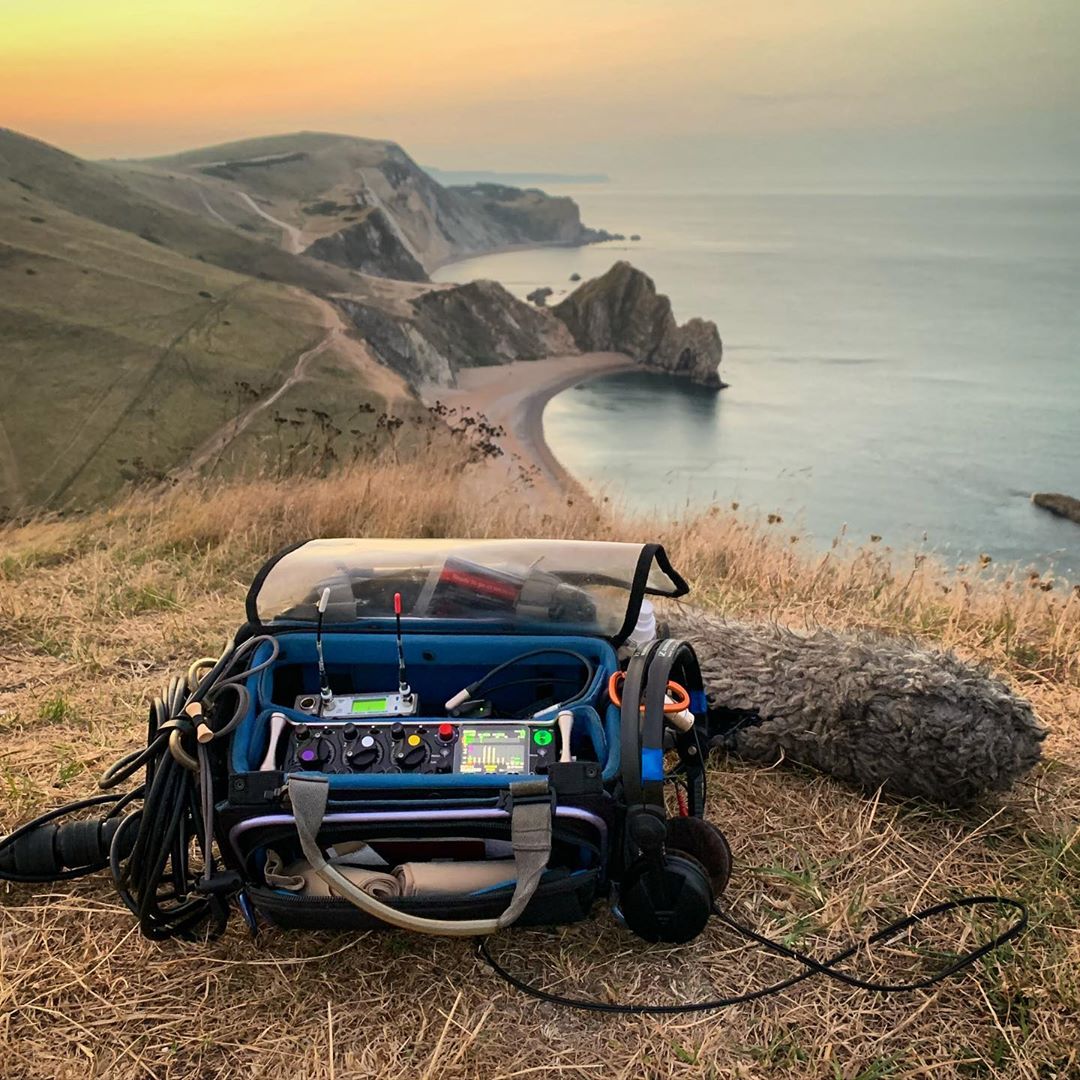)
